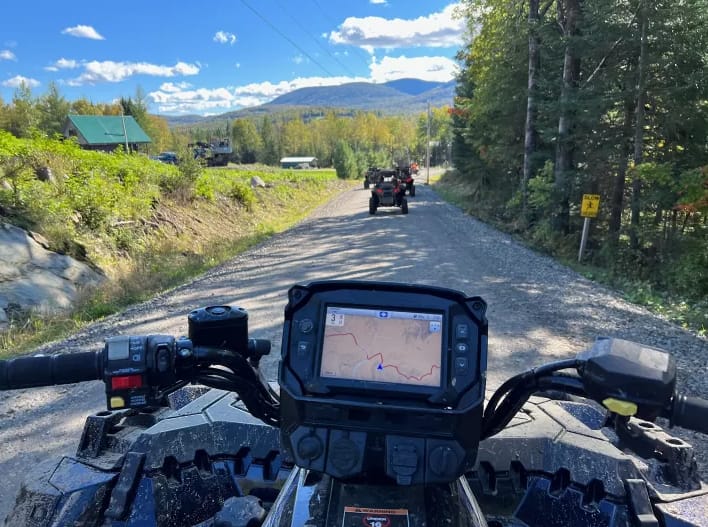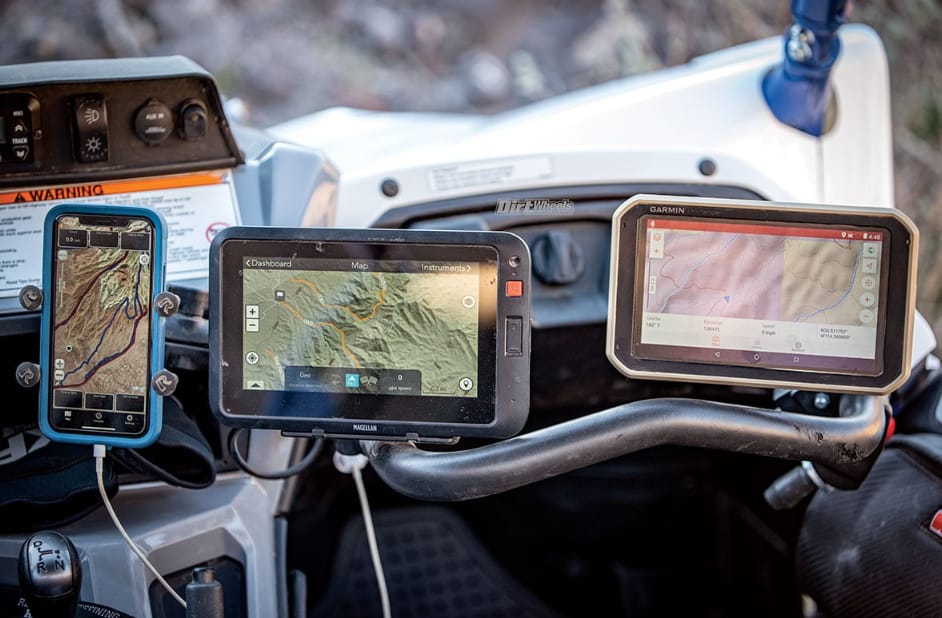
Riding an all-terrain vehicle (ATV) across wild, unmarked trails can be an exhilarating experience. It promises adventure and freedom as you traverse through nature’s rugged terrain. However, one critical aspect that can make or break your journey is navigation. Knowing where you are, where you’re going, and how to get there is paramount. Let’s explore some essential tools and tips for ATV trail navigation.
Understanding The Terrain
Before embarking on your journey, it’s crucial to understand the terrain you’ll be navigating. This involves studying maps of the area, which typically provide an overview and topographic details. Topographic maps, in particular, can help you understand the physical features of the landscape, including hills, valleys, and water bodies.
The Role of Technology
In today’s digital age, technology plays a significant role in off-road navigation. The most common tool riders use is a GPS system, which can provide real-time updates about your location, direction, speed, and distance travelled. Some advanced systems even offer topographic mapping, private and public land info, and more.
While traditional paper maps have their value, the convenience and accuracy of a digital GPS system have made them the go-to option for many riders. However, it’s important to remember that technology can sometimes fail or run out of battery. Therefore, it’s advised to always carry a physical map and compass as backup.
The Art of Navigation
Being able to read and interpret a map is an essential skill for any off-road rider. This includes understanding map symbols, scales, and contours. Additionally, learning how to use a compass to determine your direction can be incredibly valuable, especially in areas where the GPS signal might be weak or non-existent.
Group Riding and Community Sharing Features
Riding in a group can be a fun and safe way to explore the wild. Some modern navigation systems offer features like group riding and community sharing. These functions allow riders to share their location, planned route, or points of interest with others. This not only enhances the collective riding experience but also adds an extra layer of safety as riders can quickly locate each other in case of an emergency.
In conclusion, successful ATV trail navigation requires a combination of the right tools, knowledge, and skills. By understanding the terrain, using technology wisely, and mastering the art of map reading, you can ensure a safe and enjoyable off-road adventure. Remember, the goal is not just to reach your destination, but to enjoy the journey along the way.









